Supplementary Material
Results and comparison

|
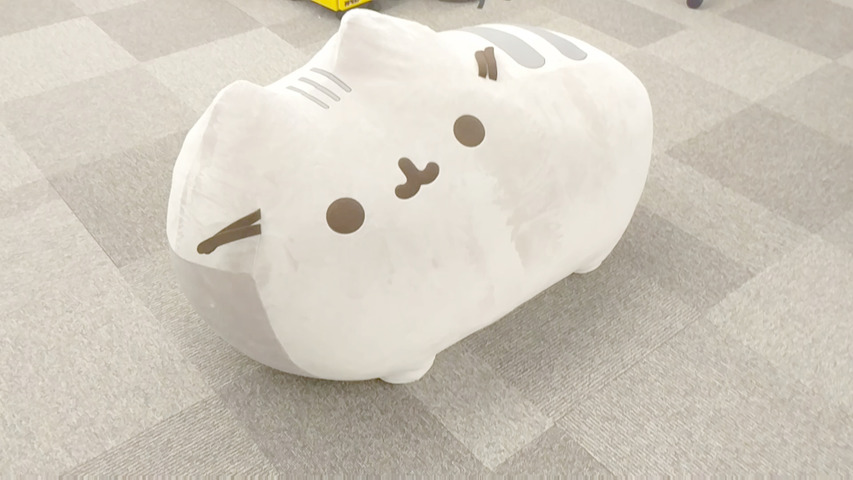
|

|
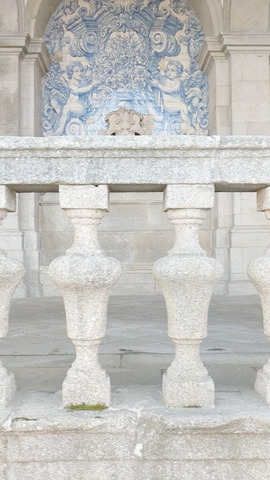
|
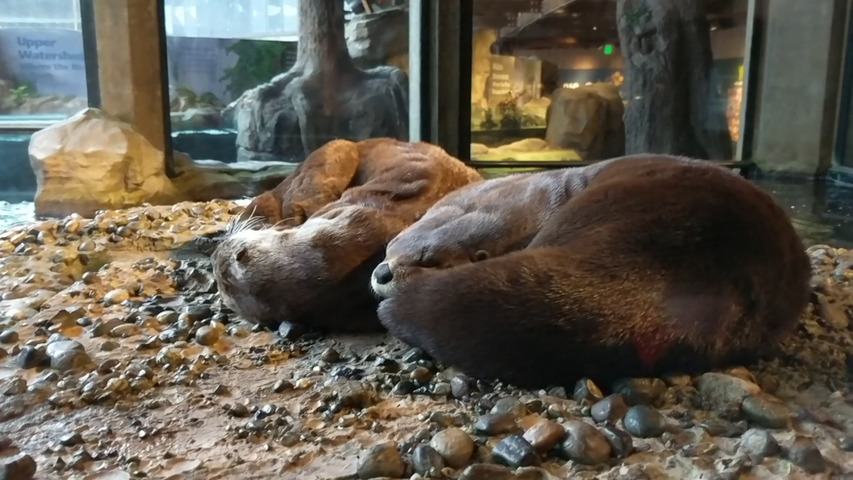
|

|
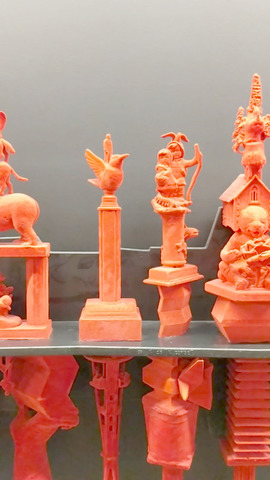
|
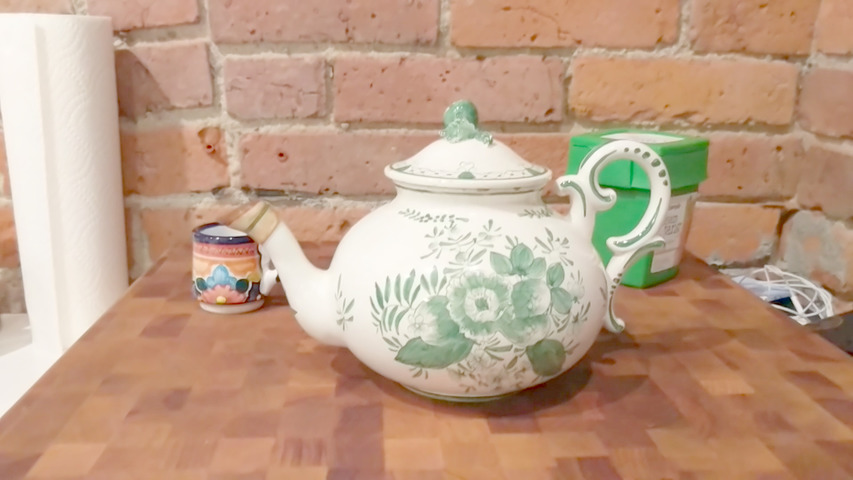
|
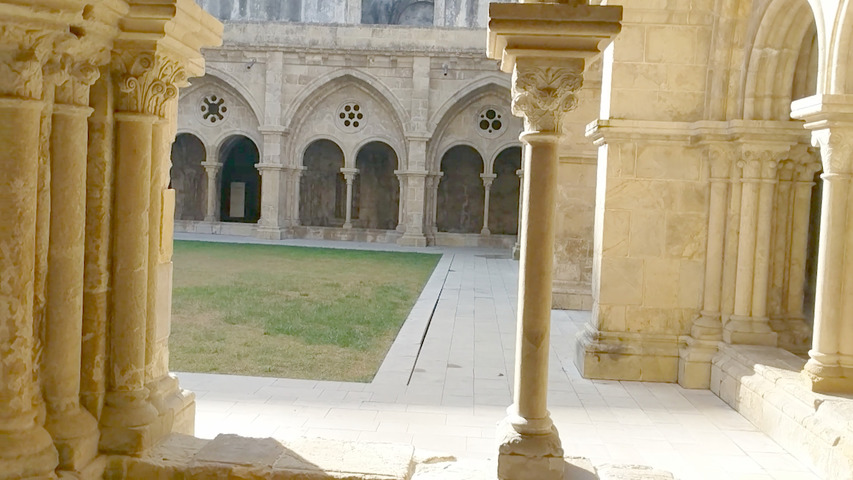
|

|
Extra Results
Additional datasets processed using only our method (no comparisons).
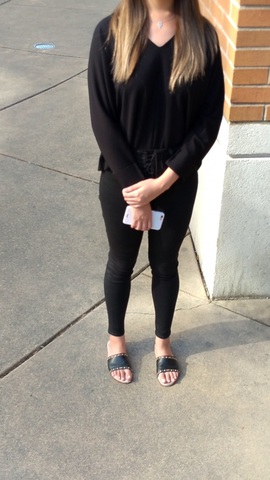
|

|

|

|

|

|
Experiments
Reliability measure
To evaluate the utility of the reliability merging technique, we have generated the soft-edges using a more naive method for a few datasets. Specifically, these merged soft-edges are computed by taking the largest magnitude flow gradient among the forward/backward pair, instead of taking the more reliable one. The results of these experiments are labeled as "Max Gradient", and can be found in Georgian, Lamppost, and Bones.
Soft edges
To evaluate the utility of the use of flow gradients in establishing soft edges, we compare our soft edges and the resulting hard occlusion boundaries to those from an off-the-shelf boundary detector, specifically [Dollar 2006]. These results are labeled as "Dollar Soft" and "Dollar Occlusion", and can be found in Georgian, Lamppost, and Bones.
Causal / no latency
The standard version of our pipeline uses flow to both a past and future reference frame in order to extract the occlusion boundaries. While this lookahead is minimal in cases of continuous camera motion (at most 116ms), it's interesting to know how the rest of the method (soft edge conflation, hard edge tracing, densification, and temporal smoothing) performs in the purely causal setting, i.e. when using flows only to previous frames. This experiment was performed by running our method on sequences with pauses in camera motion. That is, the camera moves, then stops for a while. In these instances, when the camera has stopped translating, we are not able to look to a future reference frame for flow, and therefore use only past information. In the period of time where the camera has stopped, one can observe how the quality of the soft edges, occlusion boundaries, and depth maps degrade. These results can be found in Georgian, Lamppost, and Alley.
Dynamic objects
In order to show how our method performs on dynamic scenes, we present two examples of scenes with moving objects. First, we show the Faces sequence, which contains a dynamic object with only very slight motion, demonstrating how our method performs on cooperating subjects such as people posing for a picture. Second, we show the Walkup sequence, which shows how our method recovers when a strongly dynamic or transient object has stabilizes, or stopped moving. It should be noted that our method does not produce meaningful results on scenes with predominantly dynamic motion, such as crowds of people, primarily due to the inability of the SLAM system to reconstruct these scenes.
Ground-truth annotations
The ground-truth annotations used for evaluation can be downloaded here. Please see the paper for more details on how these were obtained and used for evaluation.